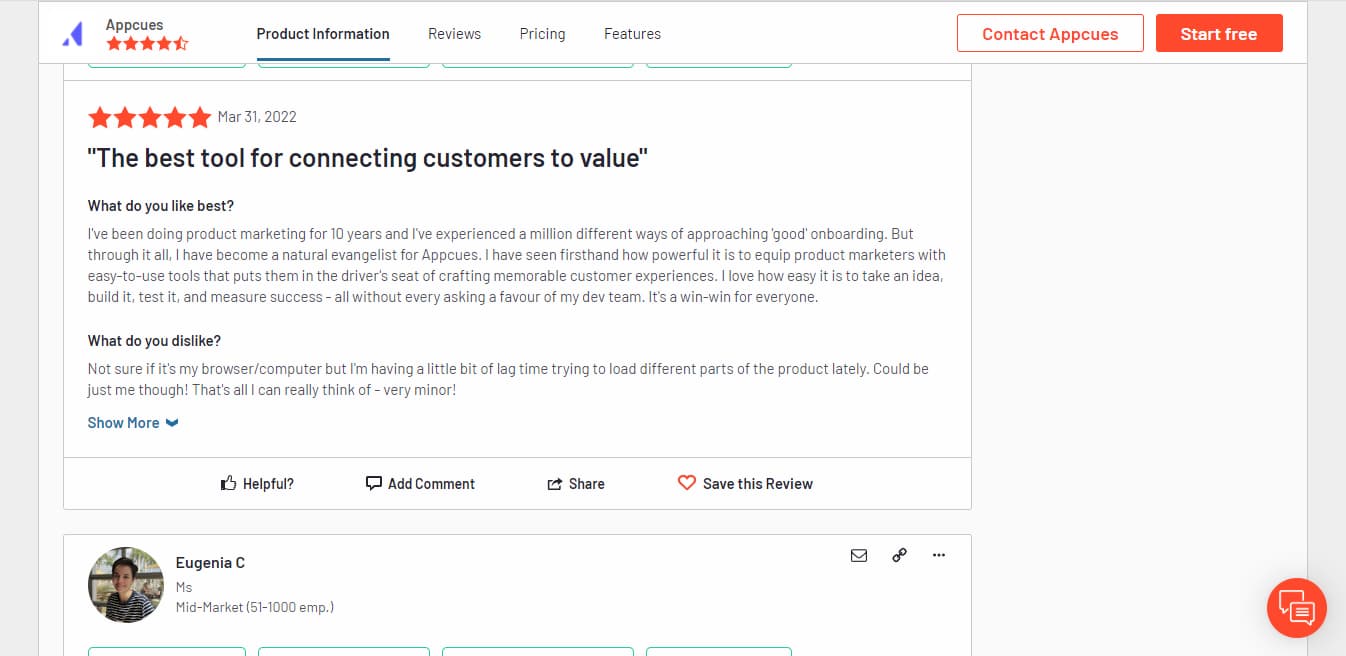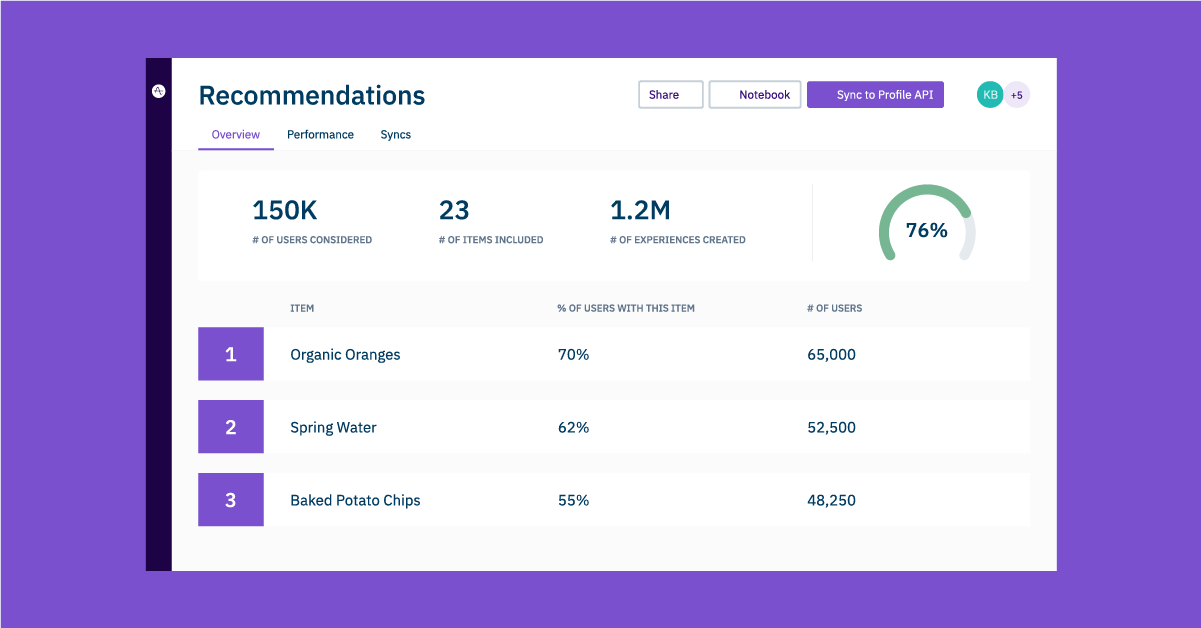Product planning: Definition, benefits, & how-to guide

.png)

.png)
Product planning isn’t a one-off event. If it were, it’d be as simple as the top brass at your company strategizing at a local happy hour, heading back to the office, and shipping a new product in one glorious act of divine inspiration.
Product planning is more detailed than that. A better comparison would be imagining yourself at the helm of a football team. A product plan is less like drawing up a single play—and more like developing an entire offense. You need to draft players, develop a scheme, draw up the playbook, practice hard, and then show your work on the field.
You can’t win on the gridiron without a game plan—and you can’t win in tech without proper product planning. Let’s take a look at what product planning is and how it works.
Product planning refers to a company's process for detailing a new product's essential features, target market, and development timeline. Having a product plan enables companies to embark on their product development journey with a clear picture of what to build—and who to build it for. Additionally, it aligns the many teams involved in the product’s creation to clarify who's responsible for what. Product planning is an iterative and ongoing process that establishes rules and expectations while providing space to react to new information and challenges. That being said, it’s pretty normal for your plan to grow and change as you research and test your product.
Product planning starts before you ever do a lick of research or write a line of code. Your initial product planning sessions need to answer several essential questions:
A football offense without a game plan is just 11 people running aimlessly around a field with no hope of winning. (Depending on the team you root for, this might not be a difficult scenario to imagine.)

Similarly, a product without a plan doesn’t have much of a shot of becoming viable or marketable. But the benefits of product planning extend beyond creating a product that works. Product planning is vital to success because it:
Product planning keeps companies focused on building products that solve a problem people actually have. Why does this matter? Because great new product ideas don’t always have real-world applications. Sometimes, innovators fall in love with the technical brilliance of a concept and don’t consider whether it has a target audience large enough to sustain the product.
Successful new products temper high-quality concepts with practicality and market fit. The extensive research and analysis that goes into the early stages of product planning will help you strike that balance.
The product development process is an all-hands-on-deck situation—and it gets hard to keep track of what all those hands are doing. Product planning brings decision-makers from various departments together and unifies them behind a single product vision.
The development of the product roadmap is a critical component of good product planning. This timeline of tasks and responsibilities serves as the product blueprint for development and releases for every department involved. It prevents delays and miscommunications between the many stakeholders involved in bringing your product to market.
You want your product to thrive as you release new features, improve user experience, and target new audiences. Successful product planning extends beyond development and release and provides a blueprint for supporting and expanding your product beyond its product lifecycle.
Read more: 4 powerful growth strategies (+ innovative examples)
The best product planning strategies are well-thought-out and carefully prepared. (Yup, you need to plan ahead to make your product plan.) Here are three simple steps to set yourself up for success:
The success of your SaaS company hinges on the success of your product. You shouldn’t start drawing up blueprints for a product without first determining your success criteria. We’ve found that the most successful products are designed with three critical groups in mind:
This means you need to set goals that speak to all three groups—KPIs that focus on conversion, adoption, and engagement will indicate how well you’re meeting user expectations. These metrics indicate the health of your app and the satisfaction of your users, which in turn should reflect positively on your revenue and stakeholders.
Read more: 11 essential product metrics for measuring product-led growth
Your team’s satisfaction with your product is harder to quantify. Instead of focusing on a singular KPI to track, you’ll need to develop and adhere to a product vision throughout your product planning process. Zero in on what your team wants your product to accomplish beyond metrics and revenue, and make that your focal point as you build out your product.
A product vision can be as simple as, “We want to build a product that makes it easy for the average person to do their taxes.” Your product team should reference this vision every time directional product decisions are made during the planning process. Prioritize features that bring you closer to your vision—and then build a product your team can be proud of.
Once you identify your goals, you’ll better understand what tools you need to achieve and measure them—such as product analytics platforms, documentation hubs, and team communication apps. Having the right tool for the job can be game-changing—and you’ll reduce the likelihood of a tech-related slowdown if your tools are locked and loaded before you start your product planning process.
For example, Appcues comes in handy during product development as you build flows and craft in-app messaging to improve your user’s onboarding experience.
Discover how Appcues improves your app’s UX
%25252520(1).jpeg)
The Appcues archives are full of resources for tracking down the best tools for product managers, including:
They call you the product manager for a reason. Like a quarterback under center, you may have key decision-makers, like the offensive coordinator, calling plays on the field. Ultimately, though, it’s your responsibility to get your team ready for game day. The success of your product depends upon your ability to coordinate teams, set expectations, and call an audible when necessary.
You’ll juggle many responsibilities during the product life cycle. Fortunately, the Appcues blog is stocked with helpful articles on best practices in product management to help you prepare for what’s ahead. Check out these articles written specifically for product managers like you:
Football teams use the same basic concepts (running, passing, blocking) to build unique offensive plans. If you think about it, SaaS companies aren’t all that different. Your product plan will be unique to your company, but it should include these 5 common stages:
You’d be hard-pressed to find a company that doesn’t have a sense of what they’re going to sell. However, even the greatest ideas need some fine-tuning as they transform from theoretical concepts into practical goals. The ideation stage allows decision-makers to spitball the problems they want their product to solve and the features they’ll need to build to solve them. The ideation stage is the crux of the rest of the product planning process, so it’s essential to include decision-makers from other teams in the process. Representation from across the organization will help ground your “Here’s what we want to do!” product concepts and move them into the “Here’s what we can do” territory.
We recommend starting with your loftiest concept. Then, dedicate time to analyze, critique, and improve it. If you’re feeling uninspired, there’s a few different tactics you can try:
.jpeg)
Mind mapping. Throw your customer pain point up on a whiteboard and ask the team what associations come to mind. Connect these concepts back to the main problem. Then, use the patterns that form as a basis for further discussion.
The early stages of product planning are often called product discovery (for good) reason. Not only do you need to convince users that they actually need your product—but you also need to discover what exists in the market.
First, research whether customers actually experience the problem your product aims to solve. Companies with existing products should interview their customers and review product feedback and behavioral data to confirm their hypotheses. Those starting from scratch should hold focus groups or send out surveys to get a sense of their prospective customers and adjust their product planning depending on the results.
Next up: the competition. Research, use, and analyze every solution currently on the market that stands to compete with your eventual product. Take extensive notes about what you like and dislike—and raid review sites like G2 to see what their own users have to say. Use these notes to form the basis of your eventual value proposition. In other words, make sure you know how to tell prospective customers how you’re different (and better) than what they’ve been using.

Use this collective research as the basis for choosing your market strategy. Perhaps your idea is so revolutionary that its features have no competition. Maybe you’ve found a way to improve an existing product’s performance, design, or production cost. Whatever the case, lean into your approach to inform your ongoing product planning efforts.
Read more: The case for product discovery: A 4-step guide to saving time and money
Your product roadmap is The Plan. It’s an actual document that details tasks and timelines for every team involved in your product’s development, release, and growth. The roadmap will serve as the primary source of truth for your company as product, engineering, marketing, and other departments hit the ground sprinting.
The creation of the product roadmap affords you and the product planning team time to review your product ahead of development. It’s the perfect time to prioritize the development of your most important features over ones that can wait until after release. You should also evaluate the practicality of your timeline. Even the best-laid plans have a habit of hitting snags along the way, so maybe it wouldn’t hurt to add a little cushion time between tasks.

Remember: your roadmap will guide everyone through new product development, so make it accessible to all—and editable only by a select few.
Read more: How to create a product roadmap in 6 steps
Product planning doesn’t stop once your ideas cross the development finish line. As your team continues to cobble your product together, your focus should shift to achieving a minimum viable product (MVP)—the point where your product performs its most essential functions while clearing a low bar of usability.
How do you get to your MVP? Start testing your product to gain feedback. It might be tempting to release your product into the wild once it can perform that One Cool Thing, but that doesn’t always mean you should. Try it out yourself before cold testing it on coworkers with little experience with the product itself.
Once you know your product won’t gain sentience and initiate Judgment Day, perform usability tests with individuals outside of your organization. Finally, round up a group of early-adopting beta testers and let them loose. Gather feedback from them through surveys, emails, and interviews, then use their criticism to fix bugs and improve performance before you go to market.
Eventually, your product will go from “minimally viable” to marketable, and you’ll let it loose upon the world. The weeks and months following widespread release will provide you with reams of data to evaluate the success of your release (thanks, marketing team!) and the breadth and depth of product adoption.
Once the hubbub of your release subsides, your product planning process pivots from building to growing. Take a look at your original product roadmap and scrutinize it against the constant stream of user behavioral data your product generates. Evaluate your future product plans by asking:
Change your product roadmap so that it still maintains your original product vision while taking into account your customers’ needs. Observe both your product data and the markets to continuously ideate new opportunities for growth—or even your next great product.
Product planning never really ends. You’re either constantly tweaking your plan to build the best possible product or scouting out your next big app. The world’s full of companies whose product plans fuel continued innovation and success, including:
Product planning focuses initially on getting your product off the ground, but eventually, your plan turns to growth. Sometimes your planning produces an app that does its job so well that users highlight growth opportunities for you, either through direct feedback or their in-app behaviors.
Amplitude has built a reputation as the premier product analytics stack in the business. The company’s initial Amplitude Analytics and Amplitude Experiment products allowed users to collect, scrutinize, and run experiments with their data. However, consistent user feedback suggested that users wanted Amplitude to empower them to do even more with their data.
Amplitude baked this feedback into its product plan and, in 2021, revealed its latest and greatest product to the world: the data-informed prediction engine Amplitude Recommend.

Product planning can also help a company develop a product for a completely new market. Netflix famously started out as a DVD-by-mail company and experienced massive growth in its niche. However, decision-makers saw the writing on the wall when it came to the growing customer preference for digital experiences. Netflix saw the untapped potential of digital streaming, but there was a critical problem they had to solve first: the technology didn’t exist to achieve their goal.
The company hard-pivoted away from movie delivery in 2007 despite being built around DVD delivery logistics. That’s because Netflix’s long-term product planning never focused on DVDs themselves. The company’s product vision focused on getting consumers movies at their own convenience and as quickly as possible. It took a $40 million investment in streaming tech, but Netflix’s decision to alter its original product plan paid off. At the time of writing, the company’s current market cap sits just over $80 billion.

Remember, there’s no one way to plan a product launch—but if you need a lil’ help getting started, our product launch planner breaks down the ongoing process into manageable chunks
One last football metaphor for you: the best teams in the league know how to make adjustments. You should always put your best effort into your product planning process from the beginning—but be prepared to revisit, reiterate, and revise your plan throughout the product life cycle for success. The more you engage with product planning through your product’s lifecycle, the better prepared you’ll be when it comes time to launch your next great product.